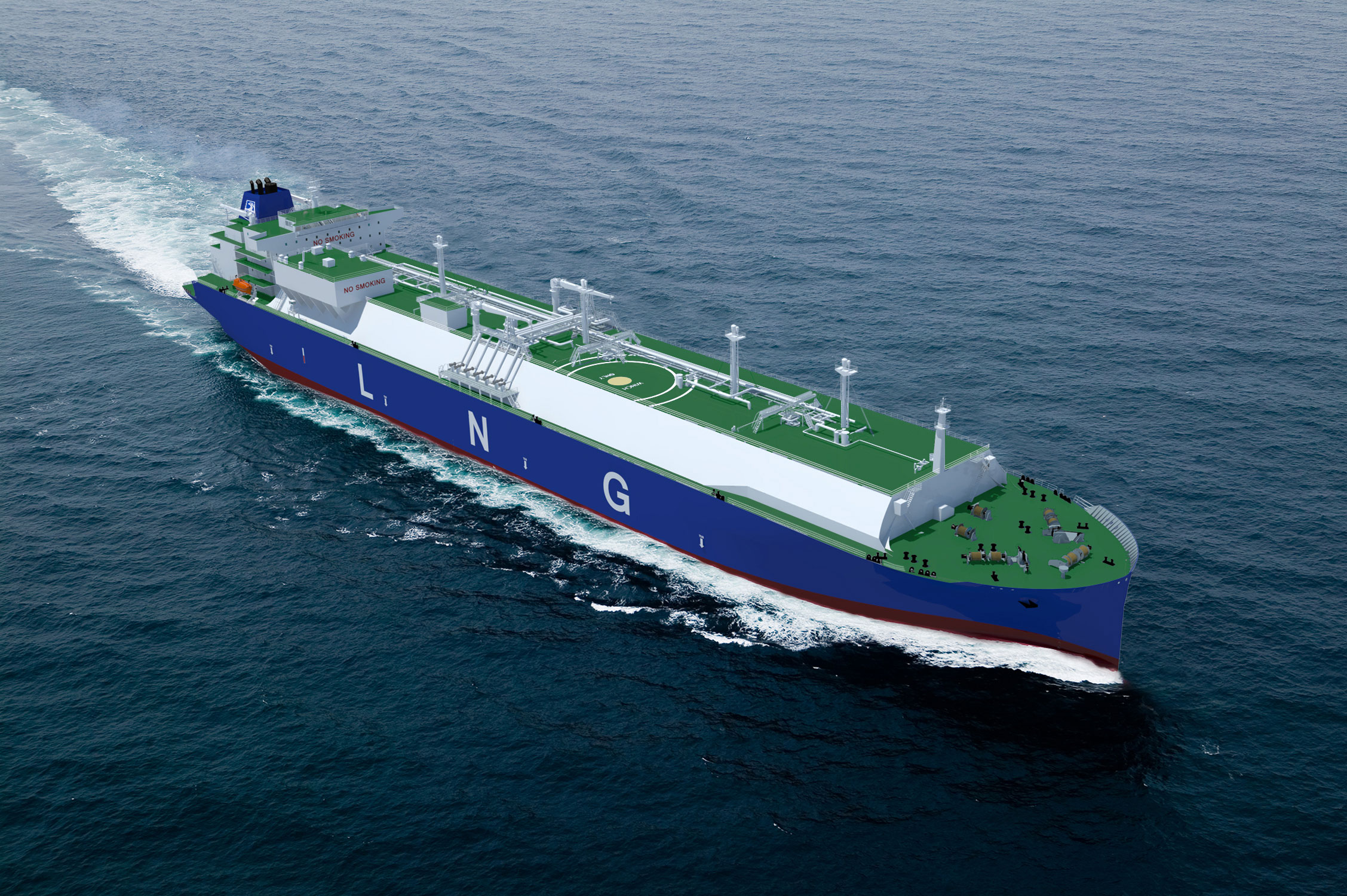ABS has released a pivotal report on the integration of advanced nuclear reactor technology for commercial ship propulsion, particularly targeting LNG carriers. Supported by a contract from the U.S. Department of Energy, the study investigates the feasibility of high-temperature gas-cooled reactor (HTGR) technology and its potential to transform maritime operations.
Key Insights from the Study:
- Design Innovations: The report outlines specific design features for nuclear-propelled LNG carriers, including reactor placement at the vessel’s rear and battery systems positioned forward, ensuring optimal weight distribution and safety.
- Operational Advantages: HTGR technology promises faster transit speeds and zero-emission operations, eliminating the need for frequent refueling—though the reactor would require replacement every six years.
- Feasibility and Safety: The study enhances understanding of nuclear propulsion’s feasibility, addressing crucial aspects such as heat and energy management, shielding, and overall design requirements.
- Environmental Impact: Nuclear power is identified as a significant opportunity to reduce shipping emissions and increase transport efficiency, potentially revolutionizing the industry’s approach to sustainability.
Challenges Ahead:
Despite the promising potential, the report emphasizes that public perception and international regulatory frameworks present significant hurdles. Additionally, the technology’s maturity level remains low, necessitating further research and development.
As Patrick Ryan, ABS Senior Vice President and Chief Technology Officer, notes, while the technology is well understood on land, its adaptation for marine applications is still in its early stages. The journey toward nuclear-powered commercial vessels is just beginning, but the possibilities for a cleaner, more efficient maritime future are immense.
#NuclearPropulsion #LNGCarriers #SustainableShipping #MaritimeInnovation #ABSTechnology #mosacoshipping


